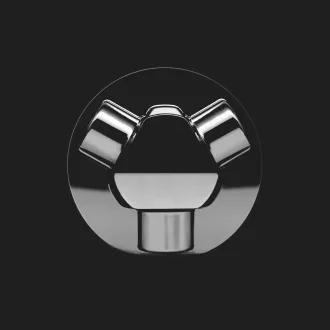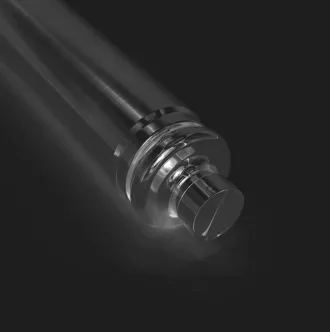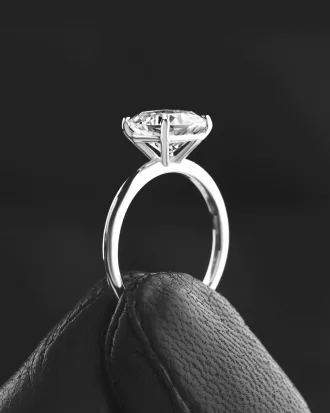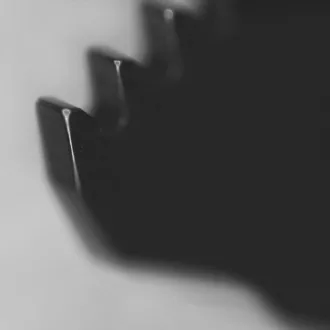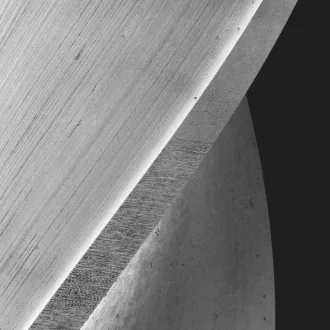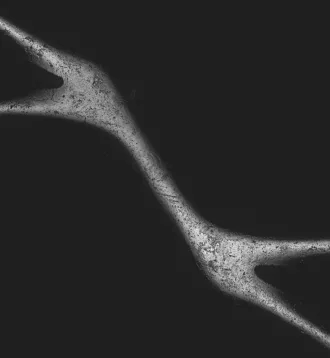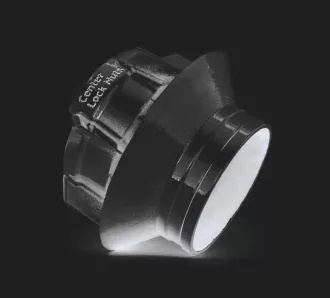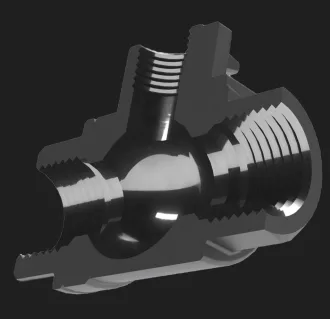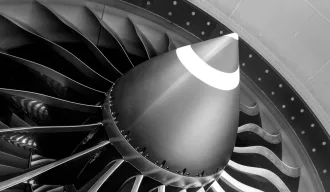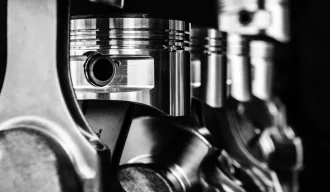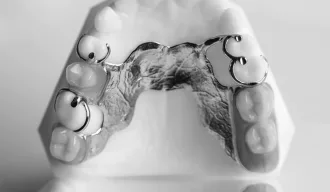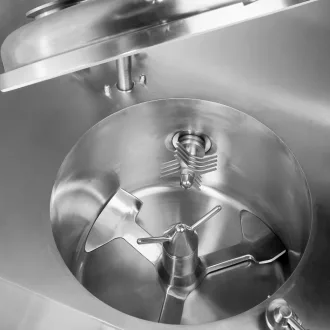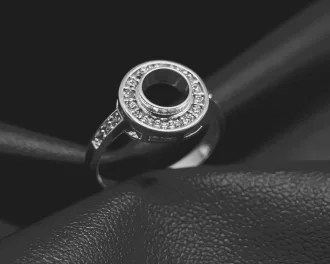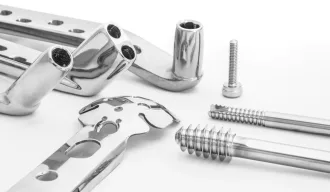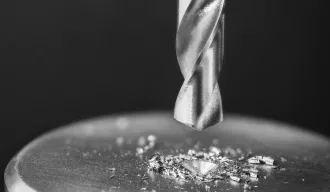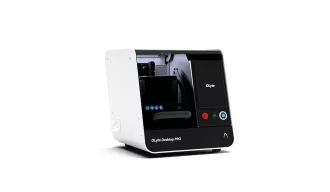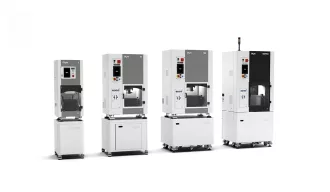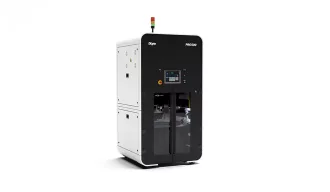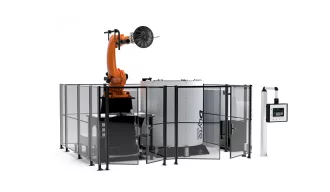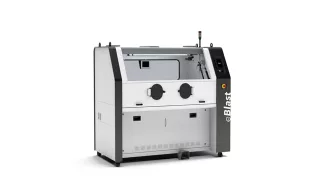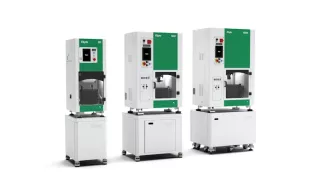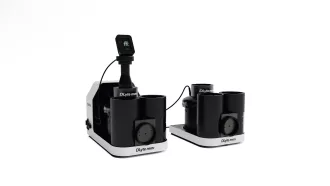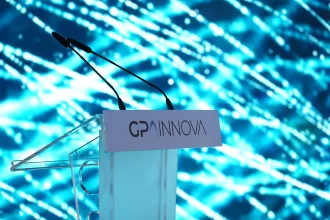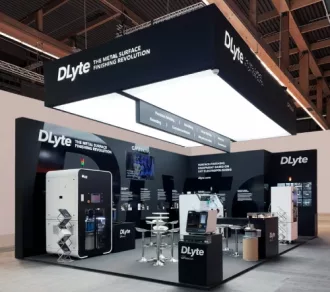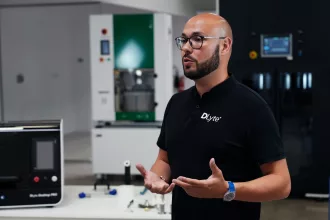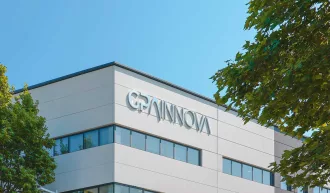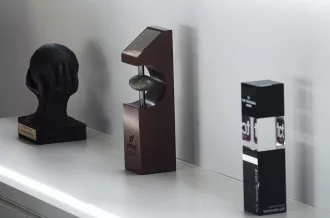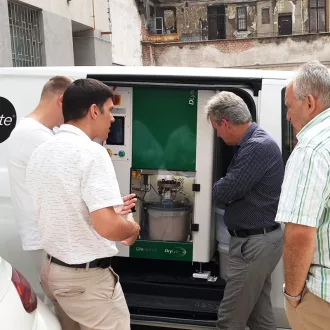GPAINNOVA’s client is a company based in Europe and specializing in designing and manufacturing of high-quality cutting tools. A part of their production line includes tungsten carbide tools.

THE PROBLEM
Existing mechanical surface finishing processes are not effective in polishing tungsten carbide as it is too hard to be eroded. Therefore, the improvement of surface quality involves an uncontrolled rounding of the edges. Alternatively, chemical and electrochemical processes corrode the material, and the cobalt is spontaneously released in a reaction commonly referred to as leaching. Leaching results in the loss of the binder metal, and the structure collapses while it is in service. In the picture below, the black areas represent empty spaces where the cobalt binder has been removed by the corrosion caused by the surface finishing process.
Before adopting GPAINNOVA’s solution, the customer applied an additional half-hour of grinding and sharpening in the case of high-end applications. They ground each piece individually using a robotized arm that introduced the insert into a grinding machine equipped with a disc containing millions of small industrial diamonds. Apart from being significantly resource-demanding, as it required an extra 30 minutes per piece and a complex robotized cell, this procedure could not be scaled up for the entire range of products.

THE GOAL
The client was looking for how to improve production capacity, homogenization in cutting edges and quality and reduce cost of polishing of carbide inserts. The customer needed to surface finish the tools to get higher quality and longer lifecycles. Concerning the target, it consisted in mirror surface finishing and a significant roughness reduction to achieve an Ra goal below 0.05 μm (2 microinches) and cutting edge-controlled rounding to a maximum radius of 5 μm (200 microinches).
THE SOLUTION
After several tests, GPAINNOVA achieved the technical specifications for the surface while minimizing both process time and cost. An added advantage of the DryLyte technology is the ease of applying and removing masking to preserve specific areas of the piece as needed.
The new DLyte process also significantly reduced processing time. In contrast to the previous method, which involved robotized grinding and sharpening with a diamond disc (taking approximately half an hour), the DLyte finishing system completed an 80-piece batch in just 7 minutes.

TECHNICAL BENEFITS
01. Without leaching effect
02. Geometry and tolerance preservation & homogeneous results across the piece
03. Best-in-class concerning surface roughness (Ra under 0.05 micrometers)
04. Stable results among different batches within the electrolyte lifespan
05. Longer lifespan for treated parts
OPERATIONAL BENEFITS
01. Reduced footprint
02. Time and cost reduction
03. Exposure of workers during process and maintenance
04. Handling and storage of media
05. No need for multistep processes
06. Easy waste management
